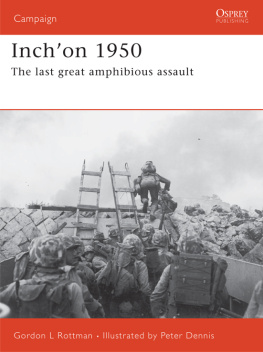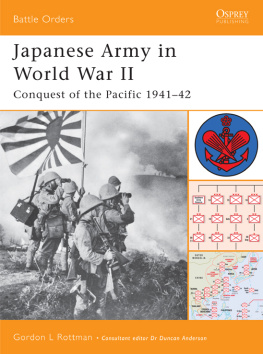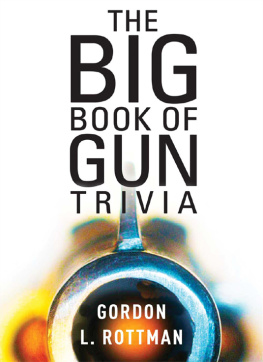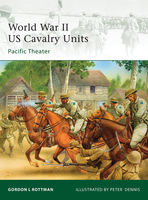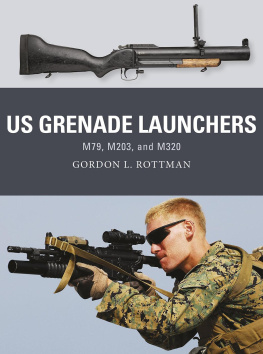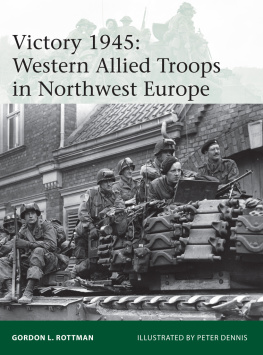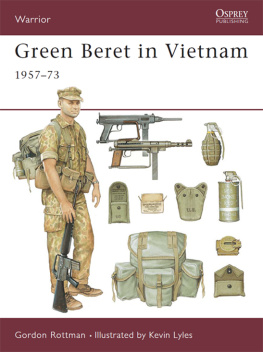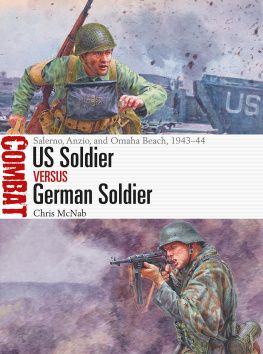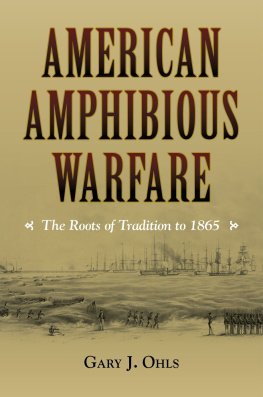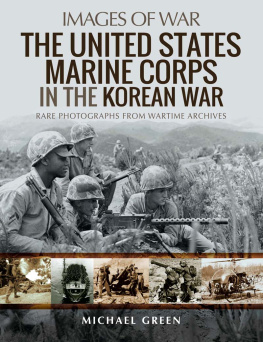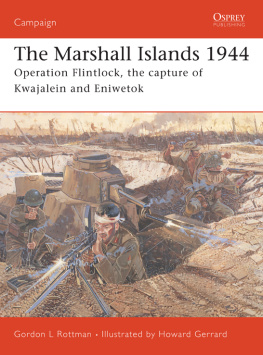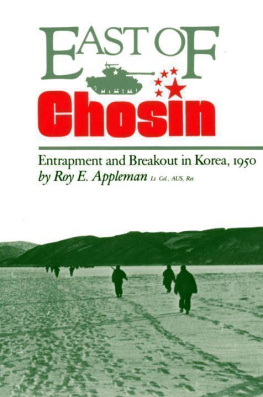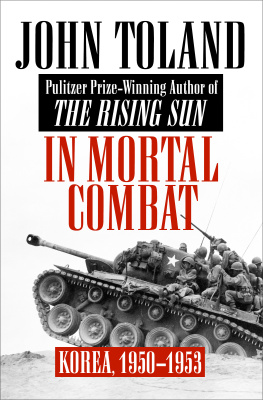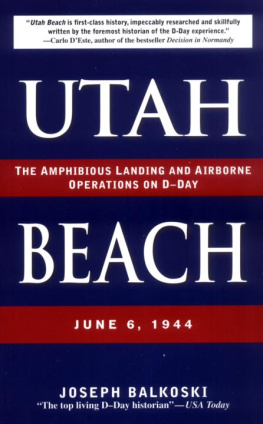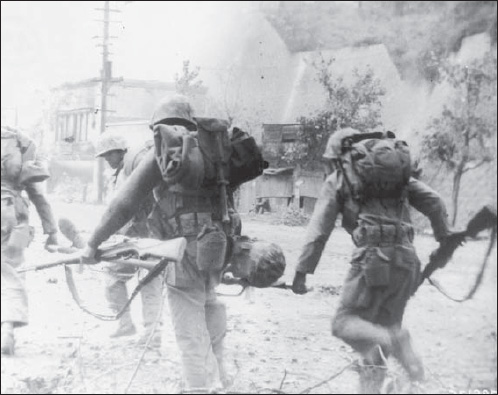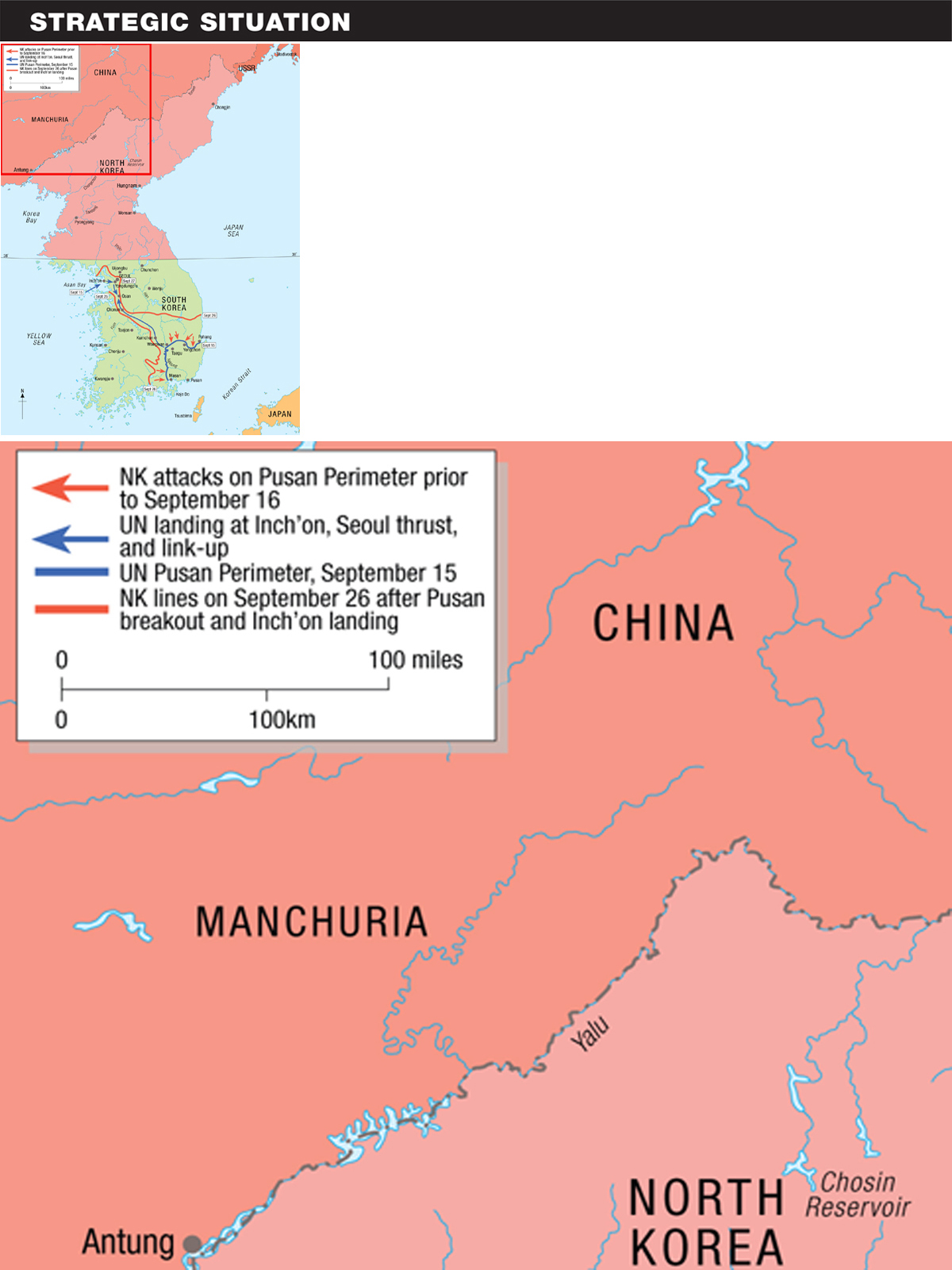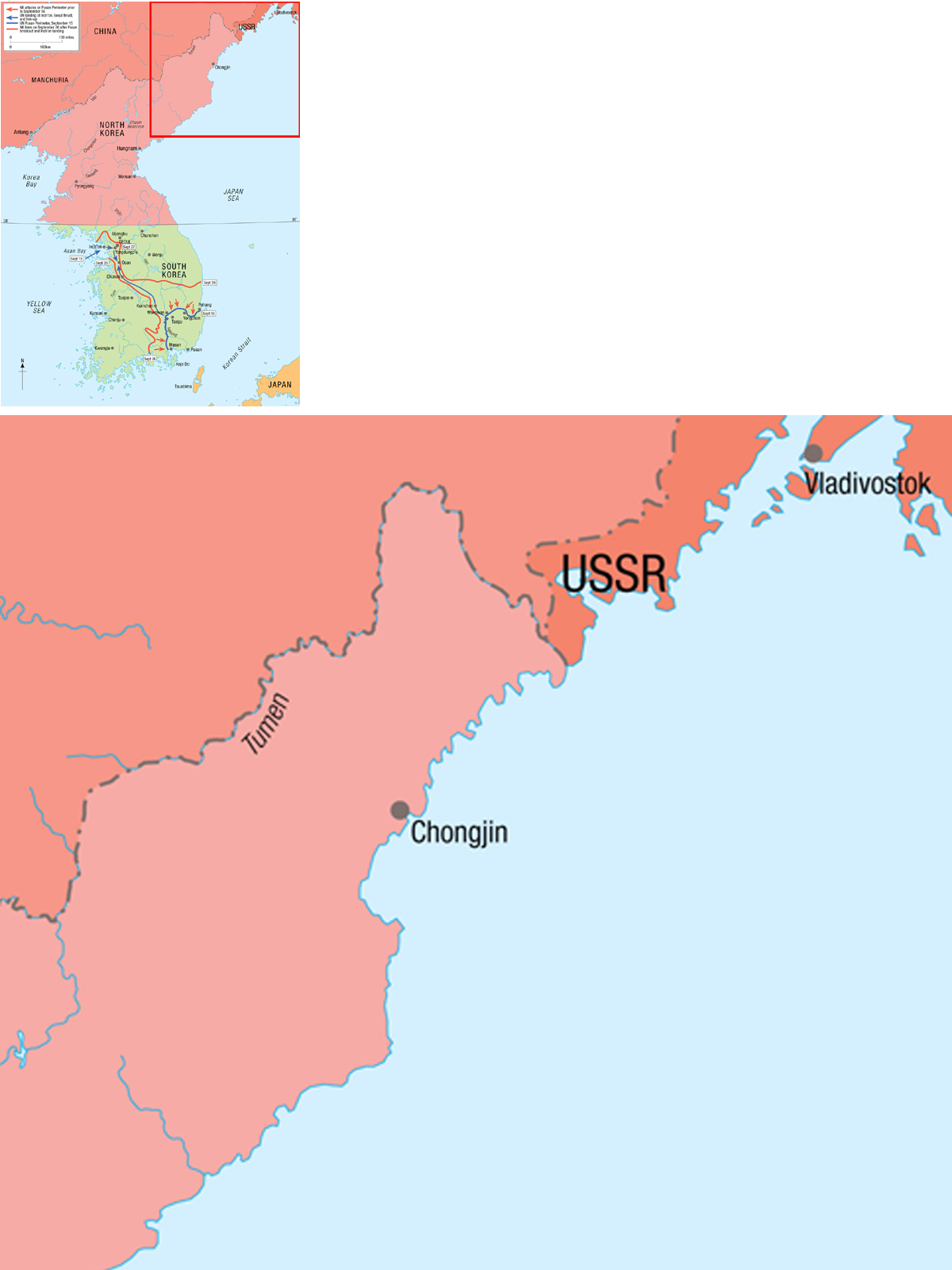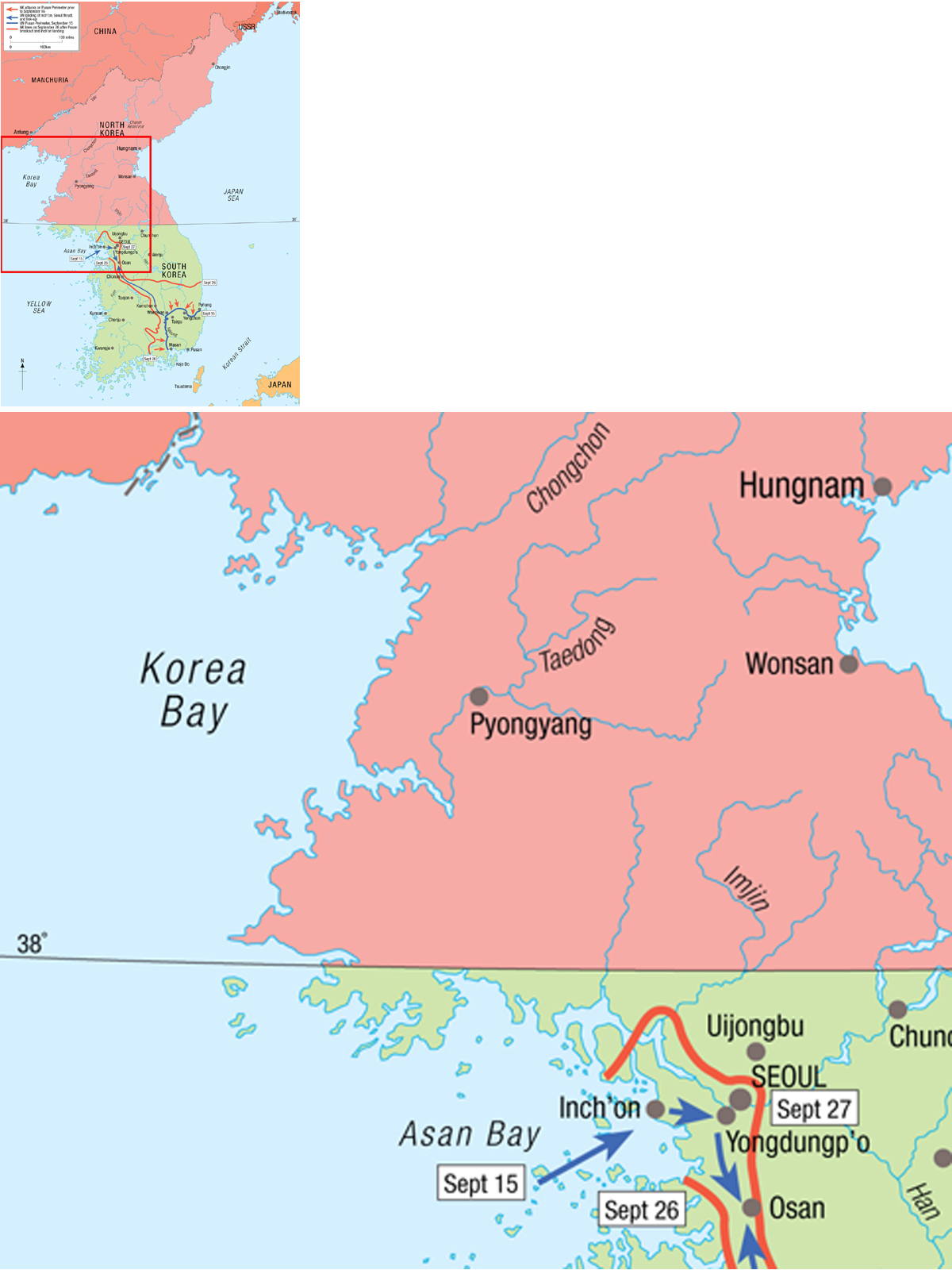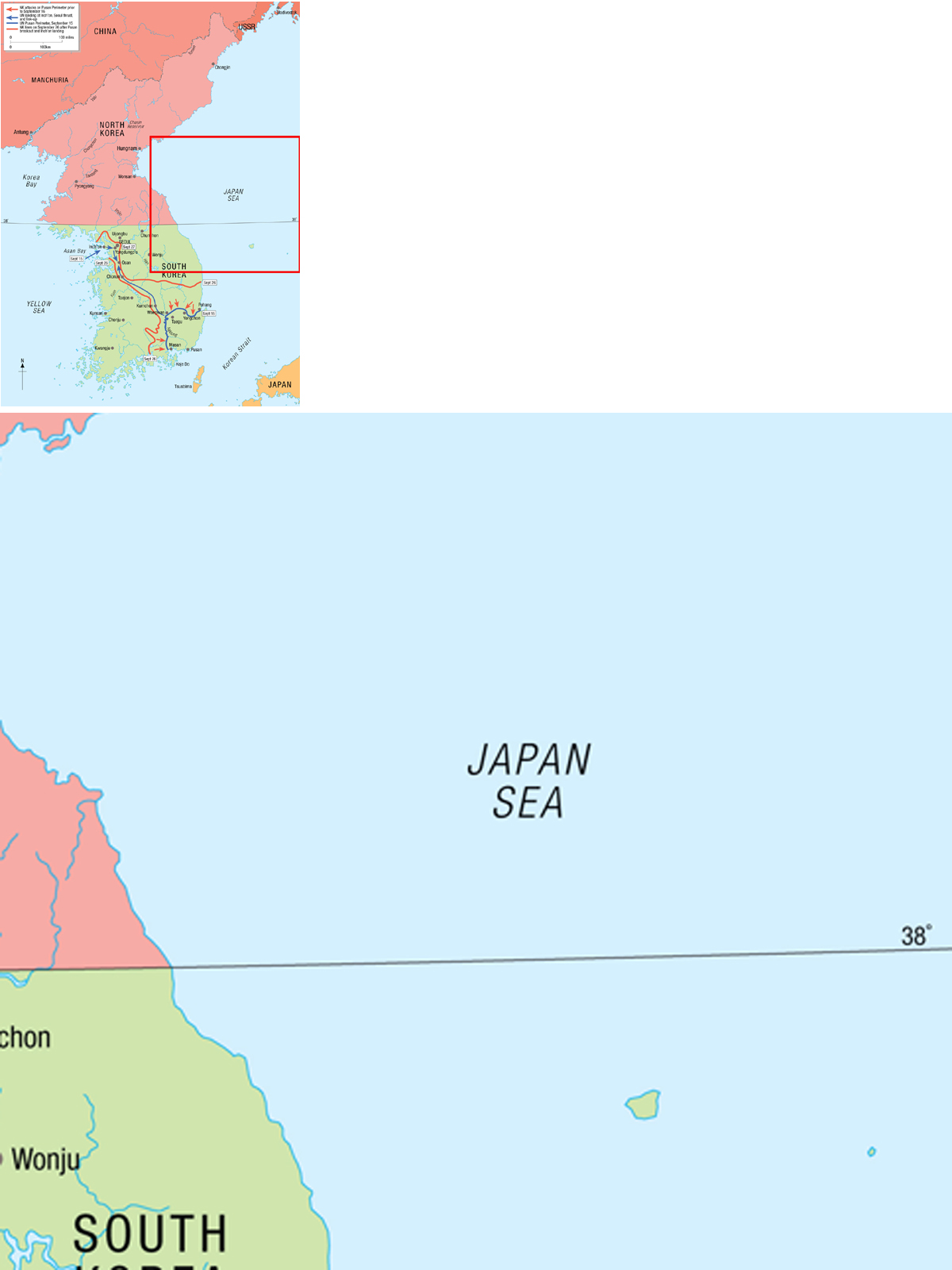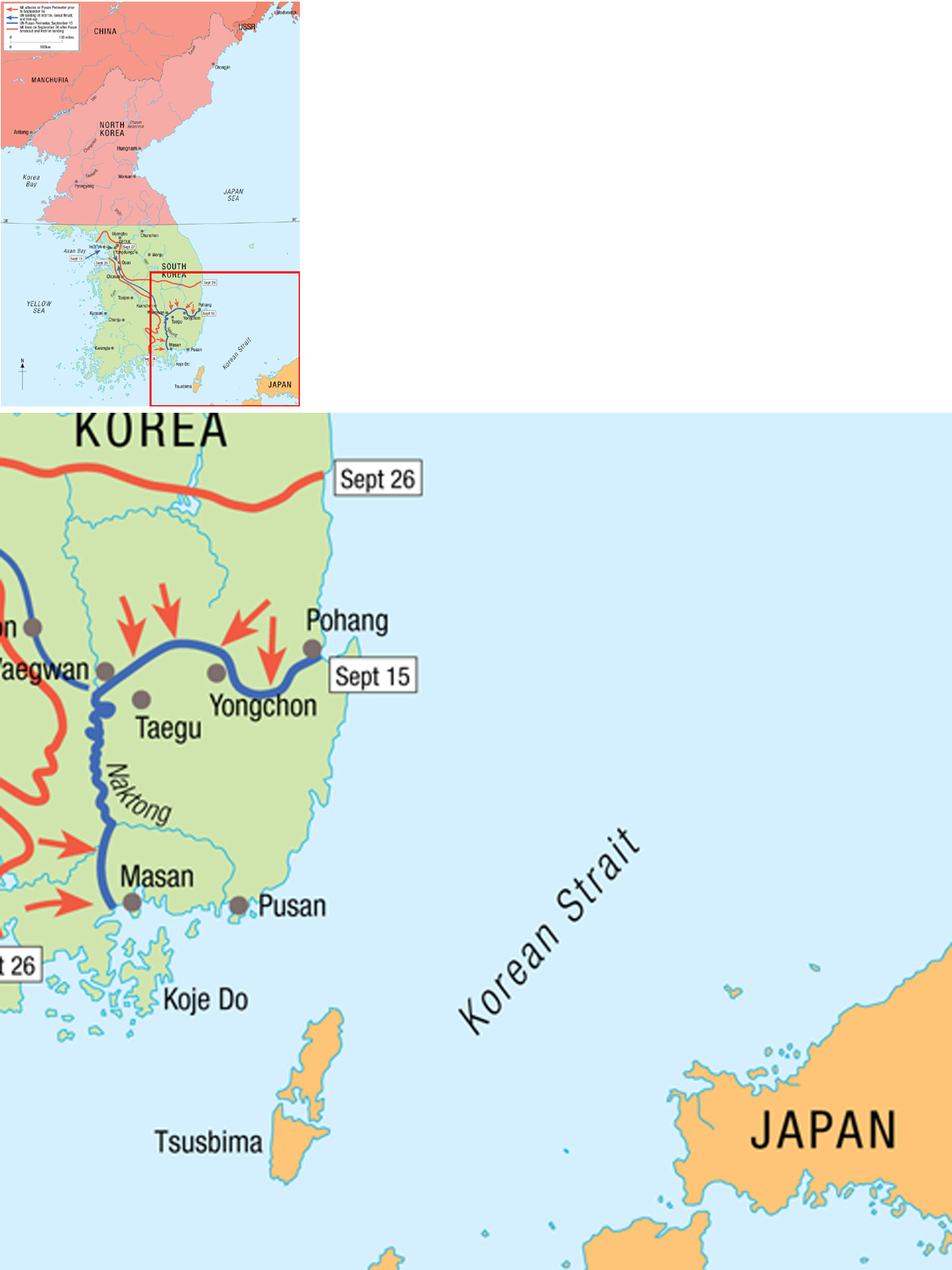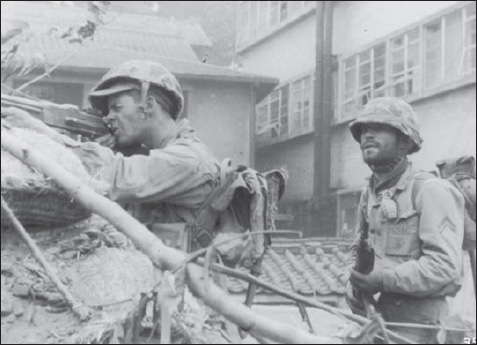Campaign 162
Inchon 1950
The last great amphibious assault
Gordon L Rottman Illustrated by Peter Dennis
CONTENTS
ORIGINS OF THE CAMPAIGN
K orea (Chosan in Korean, Chosen to the Japanese) had been an empire since 2333 BC. Its strategic location meant that it was coveted by both China and Japan, empires with which Korea experienced varied and complex relations, never as allies, but as a country desired as something to possess. Japan occupied Korea during the 190405 JapanRussian War and annexed it in 1910. They undertook extensive efforts to incorporate Korea into the empire in order to exploit its resources and people. Koreans were third-class citizens within their own land, and the Japanese ran all aspects of the colony, from the government to installing Japanese managers to operate businesses. Japanese was taught in schools, and all facets of Korean culture and traditions were suppressed. It even became mandatory for Koreans to adopt Japanese names. During World War II the Japanese exploited Korean industry and agriculture to support their war effort. Millions of Koreans were drafted into the armed forces, employed in industry, or even shipped to Japan, and forced into service as laborers and comfort women throughout the occupied countries.
With the end of the war, XXIV US Corps occupied southern Korea on September 4, 1945 while the Soviet Red Army occupied the north from August 12, the dividing line being the 38th Parallel just north of Seoul. While the United Nations sought national elections to re-unify the country, it was not to be. Backed by the USSR and Communist China, the Democratic Peoples Republic of Korea North Korea (NK) was established on August 15, 1948 with no intention of uniting with the south unless it was in control. Soviet occupation forces departed in December 1948 leaving their equipment behind. The division was unequal in both area and population. The south consisted of 37,000 square miles and a population of 21 million, while the north had 9 million people in 48,000 square miles.
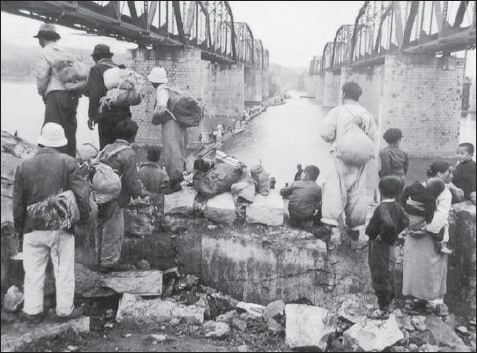
South Korean refugees wait their turn to cross the Han River as the North Koreans approach. The military would not let them cross on the bridges for fear of saboteurs, so log and plank rafts were built alongside the supports. The bridges were destroyed on June 28. (USMC)
A marine automatic rifleman hammers rounds at an NK position from behind an overrun street barricade. The BAR was an accurate weapon; with its 20-round magazine and using the slow rate of fire it was easy to put bullets through a window or small opening. (USA)
The Korean Peoples Army (KPA) was formally established on August 15, 1948, but its formation had begun in 1946 under cover of the Peace Preservation Corps. Combat units were covertly organized under the guise of security force training schools, which provided leaders and cadres for the first divisions. By the time of the North Korean invasion of the south, three corps, ten infantry divisions, an armored brigade, and numerous support and security units had been raised, along with a small air force and navy, as well as a border constabulary. The USSR provided thousands of advisers, and most of the weapons, equipment, munitions, and supplies to the KPA, in addition to training thousands of technicians and specialists inside the USSR. At the time of the invasion the KPA contained 223,080 troops.
The Republic of Korea (ROK pronounced rock), was proclaimed on August 15, 1948 after UN-supervised elections. The ROK Army (ROKA) was established on the same date from the existing Korean Constabulary, which itself dated from 1946. The last US occupation troops departed in June 1949. At the time of the invasion the fledgling ROKA possessed eight under-strength and partly trained and equipped divisions with a total of 98,000 men. Besides securing the 38th Parallel, part of the army was engaged in combating northern guerrillas.
The Communist invasion caught the US and ROK completely by surprise when NK troops poured across the 38th Parallel at 0400hrs on June 25, 1950. The main North Korean attack was aimed at Seoul, and the victorious divisions continued to press south. Events occurred rapidly. US forces were authorized to conduct combat operations; the UN passed a resolution approving the use of armed force to restore peace; Seoul fell three days after the invasion and Inchon on July 3. A small US combat element, Task Force Smith, was deployed to Korea from Japan arriving on July 1 and was defeated two days later. Subsequent US efforts were defeated and the battered ROKA was pushed south. US units, inadequately trained and equipped from occupation duty in Japan, were rushed in, along with Commonwealth forces. Efforts to establish defensive lines failed and the UN forces were pushed into the southeast corner by August 4 to make what many perceived as a last stand at Pusan. UN reinforcements continued to arrive and for the next month and a half the NK forces battered themselves against a stout defense. By mid-September the NK divisions were spent and few reinforcements arrived. Their ammunition and supplies were running out, while the UN forces within the perimeter continued to receive reinforcements and supplies.
Even before the tide had turned against the North Koreans, Gen Douglas MacArthur was making plans to break out of the Pusan perimeter, conduct a dramatic outflanking amphibious assault to cut the enemys supply line, and drive them north beyond the 38th Parallel. For an army tottering on the brink of defeat just weeks before, the plan could be considered nothing but bold and audacious, and, many said, bound to fail.
Reduced forces
In mid-1950 the US Army and Marine Corps were a shadow of themselves five years previously, as were the navy and the air force (which had only become service separate from the army in 1947). The US armed forces had just undergone a major transformation. Instead of separate departments of war and navy co-ordinated by the Joint Chiefs of Staff (JCS), they were now under the Department of Defense, of which the JCS was a component. Answering to the Department of Defense were the departments of the army, navy, and air force. A civilian secretary headed each department, who answered to the the president, the Commander-in-Chief.
Next page
